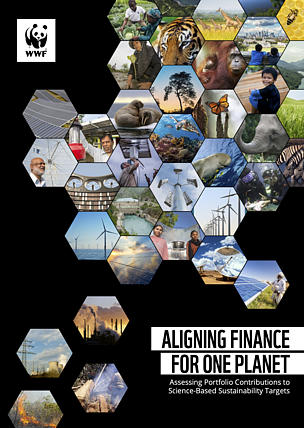2020 report on the transport sector
This note summarizes the results of the CIA (Carbon Impact Analytics) analysis campaign conducted in the last quarter of 2020 on a sample of 140 listed transport industry companies. The CIA method seeks to measure a company’s exposure to transition risk via an overall rating (from A+ to E-) and different sector indicators. Using our data, we ranked the analyzed companies in the transport sector according to their degree of exposure, but also observed the historical trends of their absolute emissions (Scope 1, 2 and 3), and assessed strategies pursued to align them – or not – with the world economy’s decarbonization targets and reduce their exposure to transition risk. Note that the analyses were mostly conducted based on 2019 data, before the impact of the pandemic.
The transport sector stands out due to the wide range of stakeholders involved: equipment manufacturers, (e.g. car, truck, ship and airplane manufacturers), infrastructure operators, and transport operators. Analysing automotive equipment manufacturers provides a close-up view of the individual behaviour for use of cars (or LDV: Light Duty Vehicle). Contrastingly, analysing transport operators provides a general view of emissions from freight, and then from collective transport, (rail, urban, air).
Key messages
- The transport industry accounted for 24% of direct CO2 emissions (from fossil fuels) worldwide in 2019, or 8,258 million tonnes of CO2.
- Until the COVID-19 pandemic, the sector had been constantly growing: passenger transport activity increased by 74% between 2000 and 2015 (in passenger.kilometres), and the freight transport business by 68% over the same period (in tonnes.kilometres). The increase in demand for transport is correlated with an increase in population, and in GDP, so it is particularly strong in “developing countries”, and considerable in “developed” countries.
- The transport sector is highly dependent on oil products: apart from rail-based transport, whose electrification is substantial and increasing, different means of transport (road, sea, air) rely 94% on oil derivatives. Alternative fuels and electric motorization are still underused in the sector.
- Equipment and investment related to transport is generally significant and has an impact over multiple decades.
- The technological levers for decarbonization of transport will not on their own guarantee a reduction in sector emissions at a sufficient rate to limit global warming to a level well below 2°C.
- “Scope 3” emissions account for the majority of emissions (up to 96% of the total) for many companies in this sector.
- Only few companies have set Scope 3 reduction targets, while most of analyzed companies have set Scope 1 & 2 reduction targets, but those objectives remain marginal regarding their overall environmental impact.
Download the report in english










